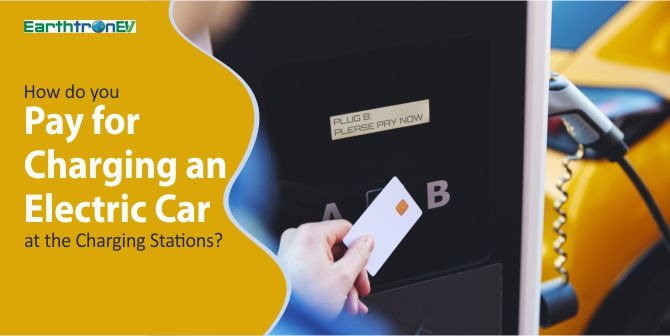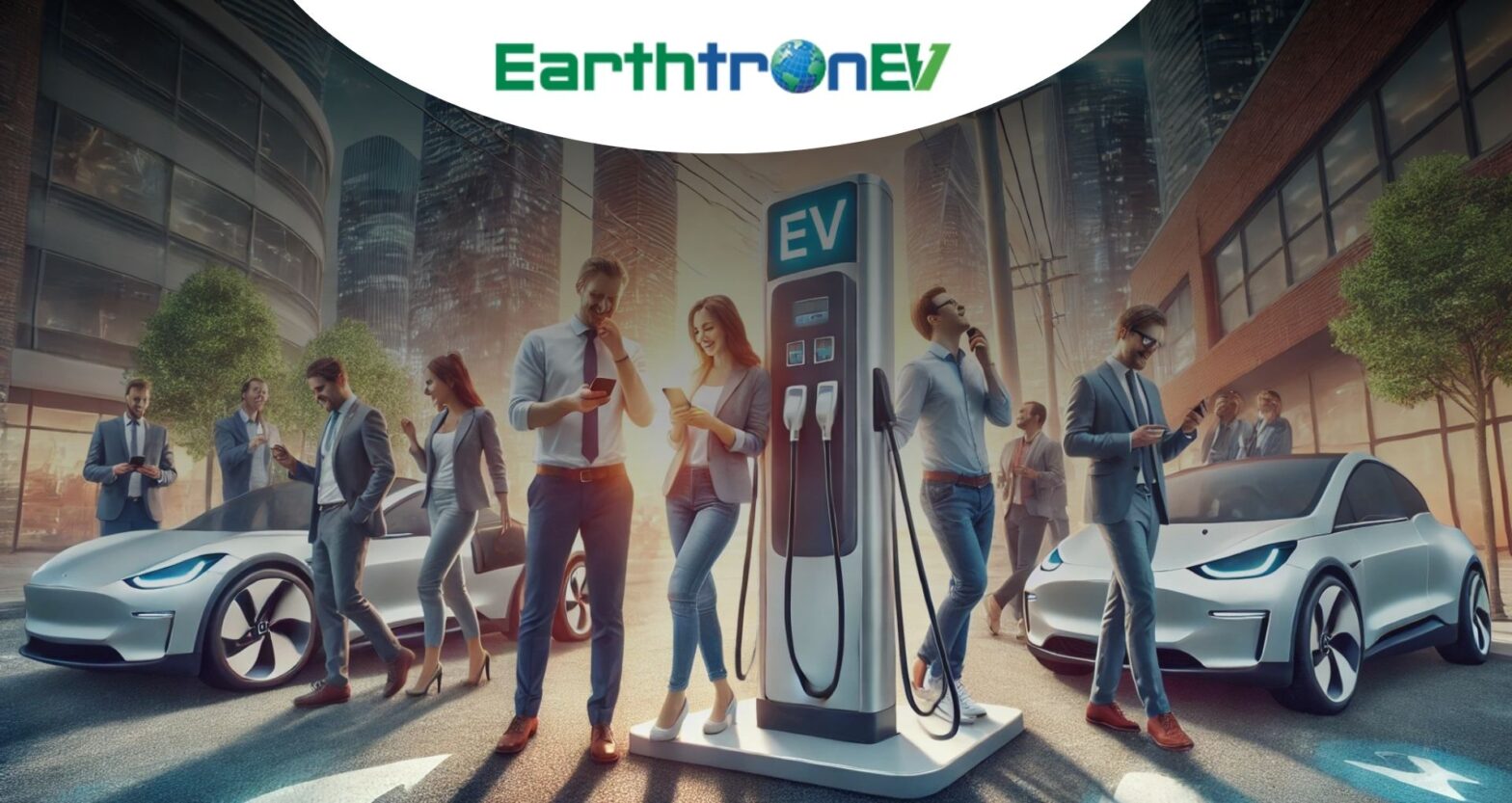The demand for electric-powered cars is rising exponentially than gas-powered cars. People find more comfort in driving an EV, charging EVs, and maintaining them rather than going to a gas station which is the only option for gas-powered car owners to refuel their cars. The flexibility of EVs is much more than gas-powered cars and EV owners get diverse charging options everywhere. But the question is how to pay for charging an EV at the charging stations. This article will discuss all the approaches to paying for charging at public stations.
Why choose EVs over gas-powered automobiles?
Since electricity is ubiquitous and within easy reach nearly everywhere, there are multiple ways to charge an electric vehicle without any hesitation. While talking about efficiency, the emissions effect of EVs is much lower than gas-powered cars running on petrol or diesel.
This efficiency outlook comes because electric vehicles can transform around sixty percent of the electrical fuel from the grid to the wheels’ power, while petrol or diesel automobiles can only transform seventeen percent to twenty-one percent of the electrical energy stored as fuel to the wheels.
The charging of EVs is of two categories, public and private charging. Private charging, also called home or residential charging indicates the charging type where the owners installed chargers in a spot that is not accessible to other EV owners.
These spots are usually at home or in an apartment complex with a private parking garage. Again, public chargers refer to the chargers available in public areas, such as commercial parking lots, supermarkets, restaurants, hotels, and gas stations. Anyone can access these chargers and use these by paying the charge based on how much power the car needs to charge. But users may need to sign up or create an account with the operator before using the charger.
How do you pay for charging an electric car at the charging stations?
Generally, there are three approaches to paying for charging at public charging stations after authentication. Let us explore all the different ways to check and know how charging has to do with the end users’ identifications and the payment process in each approach:
Pay using a network application
One of the most convenient ways to charge an EV at public charging stations is through the charging applications. This network application follows pay-as-you-go approaches, which indicate more flexibility in the maintenance of identification and authentication. Users can use any valid charging application, such as Chargeway, Plugshare, ChargeHub, and other public EV apps, which authorizes them to connect and authenticate using public chargers.
Also, users can pay through a charging application based on subscription or membership. There, they have to pay a fixed monthly fee and access a discounted price per kilowatt or via paying based on the usage, but it is typically at a higher rate but with no monthly payment. However, despite which method one uses, after charging, it will provide the costs to the associated account, and users can pay through credit or debit card or straight from a bank transfer.
Pay using RFID or Key Fob
Without a smartphone, EV owners can pay for charging at public stations, i.e., through an RFID card or fob. The charge point operator issues the card that holds the authentication information for each EV owner. Swiping the RFID card on the reader at the charging stations will automatically recognize who is using the station and link the account where it will send the bill. Like the charging applications, users can opt for a membership or pay-as-you-go based on how often they charge at a public station.
All the RFID cards do not have the same authentication at every charging station. Like charging applications, users cannot use the same RFID card for each station that might not match the network type of chargers, and so if they use chargers from various networks, they may need to have and get multiple RFID cards. Users can use the charging applications to unlock most modern chargers. But few models mandate an RFID card or fob, so users must remember to bring separate RFID cards when looking for a public charger.
Pay using contactless payment or card reader
Another and the simplest method to pay for charging at public stations is via contactless bank card payment. Here, the approach does not involve any memberships or subscriptions. Instead, any owner can pay for and charge their electric car by swiping their credit or debit card.
Though this approach is the most flexible method of paying for charging at public stations, it tends to be the priciest method in the long run. One of the significant disadvantages of paying through a contactless card is not getting the chance to utilize the benefit from any memberships or discounts that users might get. Also, EV users have to likely to pay a higher fee per kWh using this contactless payment.
Conclusion
The charging mechanism for EVs can be a daunting task with complex experiences. There is no particular method that EV drivers and owners can rely on because of different networks, countries, operators, and different systems like charging applications, RFID card, or credit or debit cards. However, with the rising demand of the EV market, the government will adopt new policies and standards, and today’s diversified charging landscape will soon be a component of the past.







